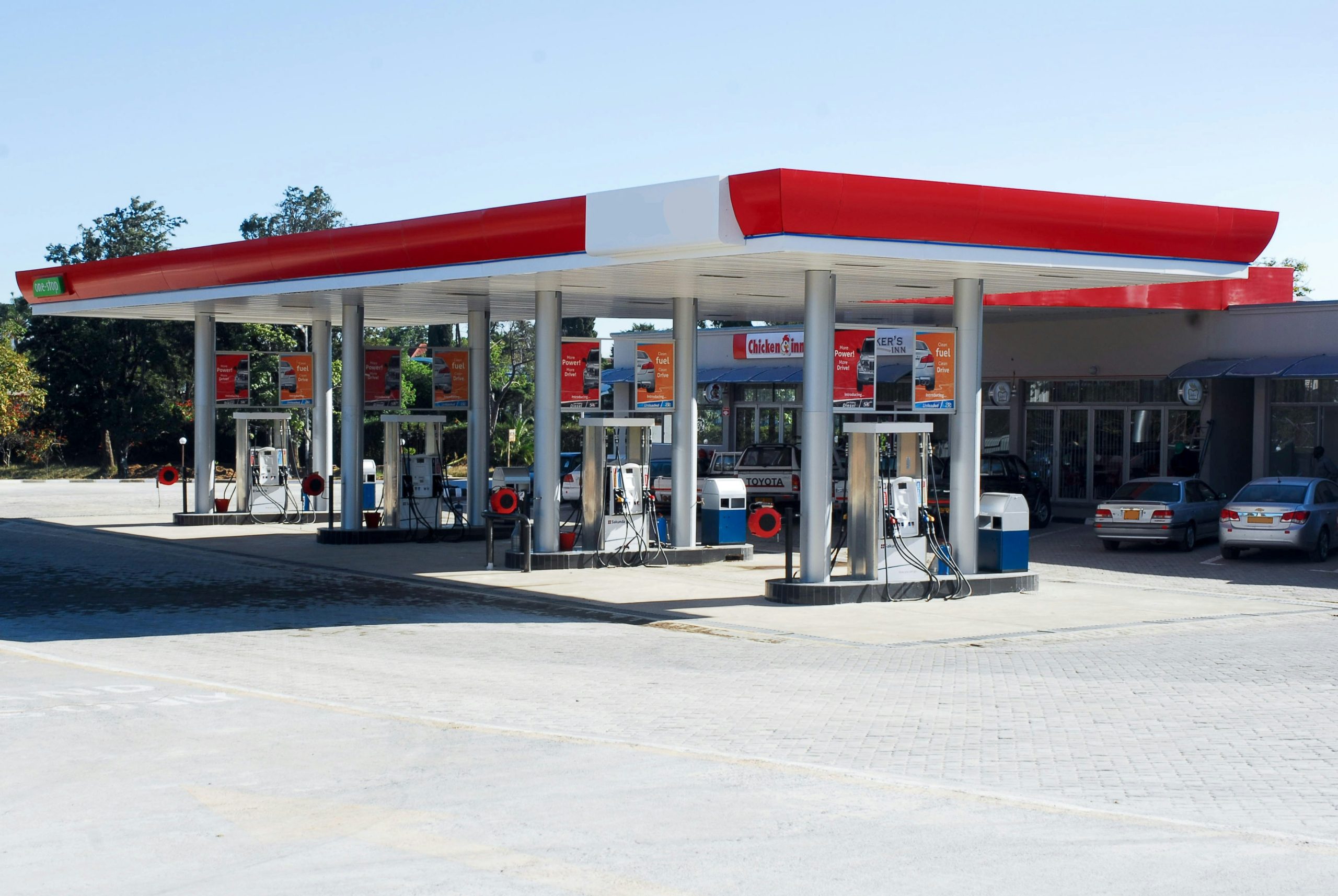
Investing in a gas station or convenience store is only as smart as the land it sits on. In Texas—a state known for sprawling highways and high vehicle dependency—site selection can make or break profitability. Choosing the wrong corner can lead to low sales, while the right location can deliver strong fuel volumes, high in-store revenue, and long-term growth.
At Lama Group, we help investors and developers identify winning gas station locations using traffic studies, demographic analysis, zoning expertise, and real estate insights. Here are the five key factors you must evaluate before purchasing or developing a gas station in Texas.

1. Traffic Count for Gas Station Success
Traffic isn’t just about numbers—it’s about patterns. The most profitable sites sit on high-volume roads where drivers naturally need to stop.
- Peak traffic times: Look for commuter routes with steady morning and evening flow.
- Direction of travel: Right-hand access often outperforms left-turn dependent sites.
- Visibility: A clear line of sight from at least 500 feet can significantly increase impulse stops.
📊 Pro Tip: At Lama Group, we use DOT traffic data and proprietary analytics to project fuel volume potential before recommending a site.
2. Demographic Analysis & Local Demand
Not every busy road equals profit. You need to know who’s driving by and who lives nearby.
- Population density: Locations with 2,000–3,000+ residents within a one-mile radius often outperform rural-only stations.
- Income levels: Higher income areas spend more on premium fuel and c-store products.
- Commuter profiles: Blue-collar commuter corridors can drive high fuel sales, while suburban families may push c-store purchases.
✔️ Lama Insight: We map demographics against retail gaps to find underserved areas—ensuring our clients don’t just buy land, but buy opportunity.
3. Competition & Market Saturation
A profitable gas station location balances demand vs. supply. Too much competition nearby can squeeze margins, but too little may signal low demand.
- Competitor brands: National brands nearby may draw loyal customers, but they also prove demand exists.
- Station density: A three-mile competitive radius is ideal for evaluating supply and demand.
- Differentiation: Sites near fast-food, car washes, or EV charging hubs can attract additional revenue streams.
📈 Lama Group provides market saturation reports so investors can make data-backed decisions before closing on a property.
4. Zoning & Regulatory Approval in Texas
Even the perfect corner is useless without proper zoning. Texas has relatively business-friendly regulations, but each county and city has unique rules.
- Fuel storage & environmental restrictions
- Proximity rules for schools or residential areas
- Signage height and visibility limitations
⚖️ Lama Group Advantage: We work directly with municipalities to handle zoning, permits, and compliance—ensuring projects move forward without costly surprises.
5. Growth Potential & Future Infrastructure
Think 10 years ahead. A location that looks average today may become a high-volume site tomorrow if infrastructure expands.
- Planned highways or road expansions
- Upcoming residential developments
- Commercial zones under construction
🚀 Lama Group tracks Texas DOT and city planning projects to help clients invest in sites that appreciate—not depreciate—over time.
Why Choose Lama Group for C-Store Real Estate in Texas?
At Lama Group, we don’t just help clients buy land—we guide them in acquiring profitable gas station locations backed by data, demographics, and due diligence.
From site acquisition and traffic studies to zoning and development consulting, we position our clients for long-term success in Texas’ competitive fuel and convenience market.
👉 Ready to find your next winning gas station location? [Contact Lama Group today] and let our experts guide you.
